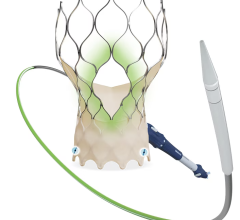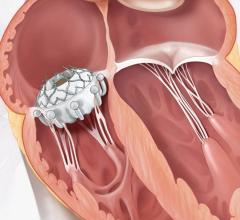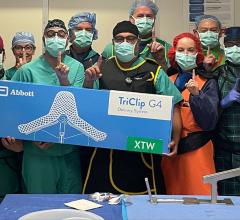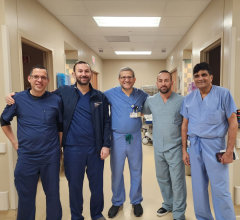
As medical advancements continue to push the boundaries of what is possible in the field of structural heart interventions, the importance of enterprise imaging has become increasingly evident. This cutting-edge approach combines advanced imaging techniques with seamless integration of all image data within a healthcare organization. By harnessing the power of enterprise imaging, healthcare providers can significantly enhance the diagnosis, planning, and execution of structural heart procedures in the cath lab.
It is important to recognize the significance of enterprise imaging as a transformative tool in the healthcare landscape. It enables the integration of imaging-related information from various sources, including computed tomography (CT), magnetic resonance imaging (MRI), and cardiac ultrasound (Echo). By consolidating these multiple modalities, healthcare professionals gain a comprehensive understanding of a patient's anatomy and heart function, crucial for the successful execution of complex structural heart interventions.
The integration of enterprise imaging with electronic patient records (EPR) creates a centralized database that simplifies access to patient data across different departments and systems. This cohesive platform enables improved care coordination and enhances patient outcomes. Healthcare providers can make better-informed decisions about treatment options by gaining a holistic understanding of the patient's condition. The ability to quickly access and compare images from previous procedures supports effective monitoring of the patient's progress and facilitates prompt adjustments to their treatment plans.
Efficiency, Cost Savings, and Enhanced Patient Care
One of the significant benefits of adopting enterprise imaging in structural heart procedures is the potential for increased efficiency and cost savings. By integrating all imaging-related information into a single system, healthcare providers can avoid duplicating efforts and significantly reduce the time and resources required for the diagnosis and treatment of patients.
This streamlined approach offers tangible advantages in terms of patient care. With a more efficient workflow, healthcare providers can expedite the diagnosis process, leading to shorter hospital recovery times and improved patient outcomes. Additionally, the comprehensive data available that has been unlocked, allows healthcare professionals to make informed decisions, reducing the risk of complications and ensuring a higher standard of care for patients undergoing structural heart interventions.
Cost savings associated with enterprise imaging are notable. By eliminating the need for redundant imaging tests and consolidating resources, healthcare organizations can allocate their budgets more effectively. The financial resources saved can be reinvested into research, development, and the further advancement of structural heart procedures and enterprise imaging technologies.
The Future of Structural Heart Procedures
In conclusion, the partnership between structural heart procedures and enterprise imaging holds immense promise for improving patient outcomes and alleviating the burden of heart disease. Through the integration of advanced imaging techniques and the consolidation of patient-centric data, healthcare providers can unlock new possibilities in diagnosing, planning, and executing complex structural heart interventions.
To fully harness the potential of this partnership, ongoing investment, and development in structural heart imaging technologies are crucial. Continued improvements will further solidify the future of structural heart procedures in the cath lab. By embracing enterprise imaging, healthcare providers can achieve comprehensive understanding of a patient's condition, facilitate better-informed treatment decisions, and enhance care coordination.
As we continue to push the boundaries of medical innovation, the collaboration between structural heart procedures and enterprise imaging will pave the way for a future where heart disease is more effectively managed. By investing in these technologies, healthcare providers can ensure that every patient receives the best possible care, leading to improved outcomes in the fight against heart disease.
Related content:
Re-Architecting a Hemo System Using Behavioral Science
WEBINAR: How to Transform Imaging with Behavioral Science — Now Available On Demand



 July 08, 2024
July 08, 2024 









